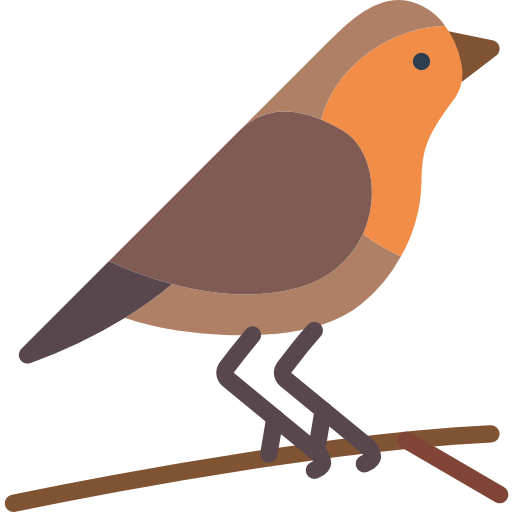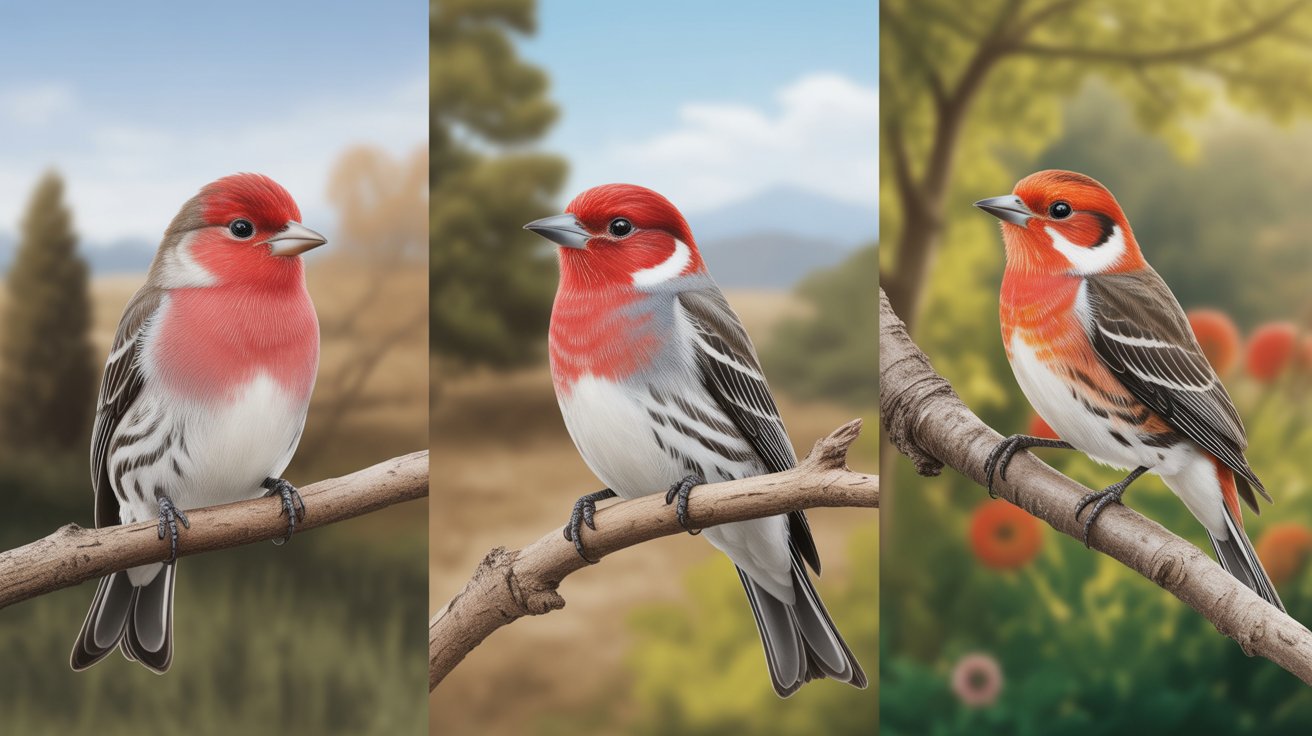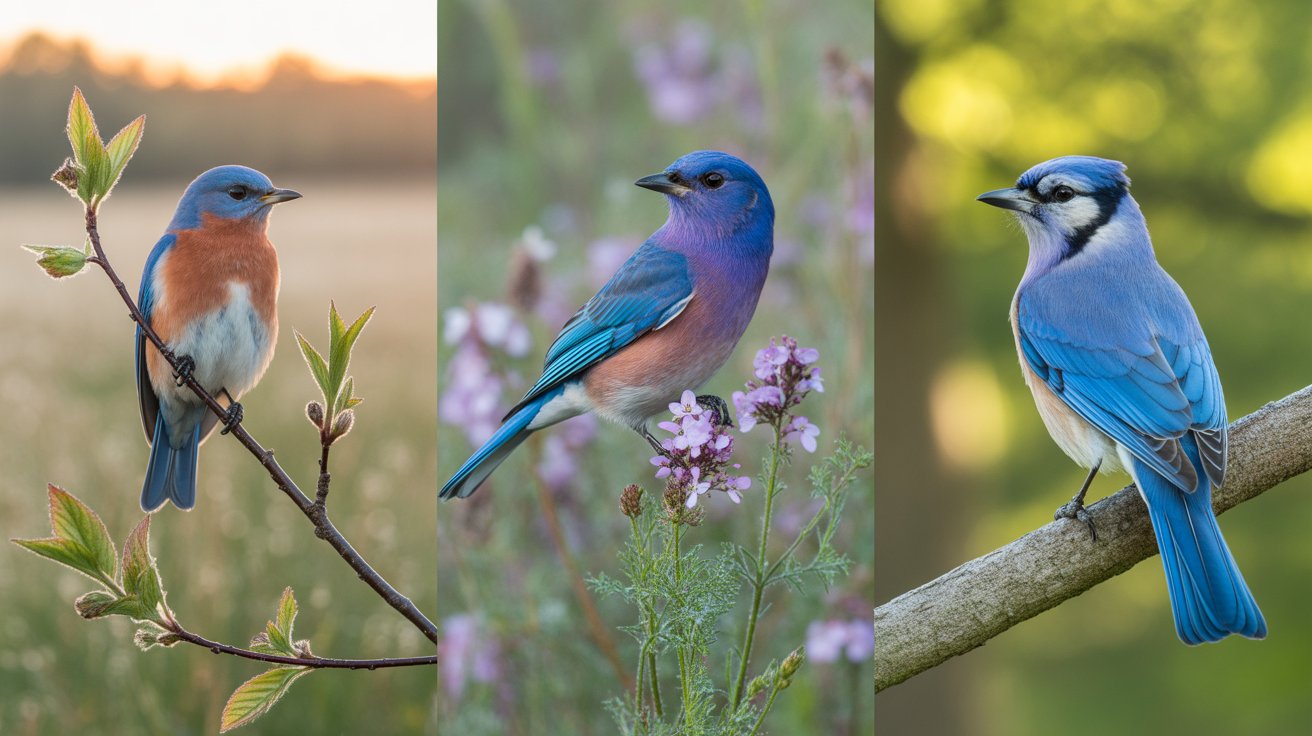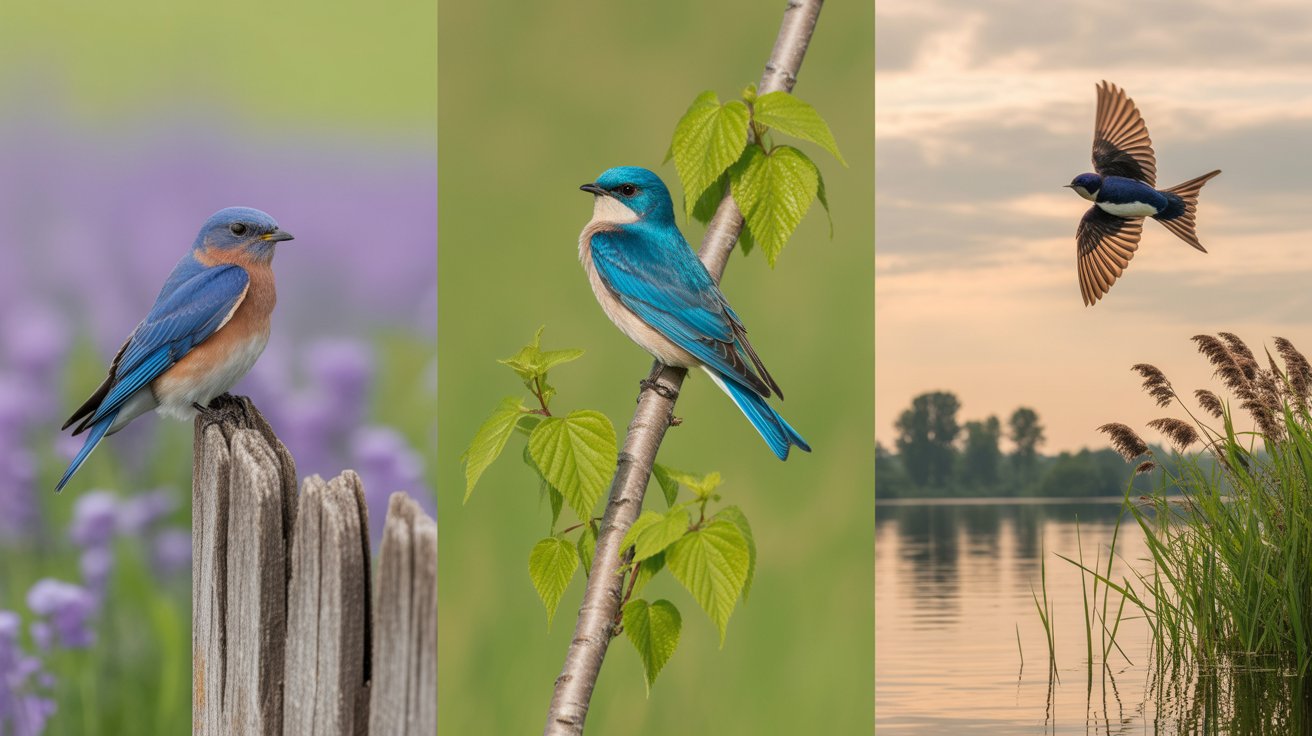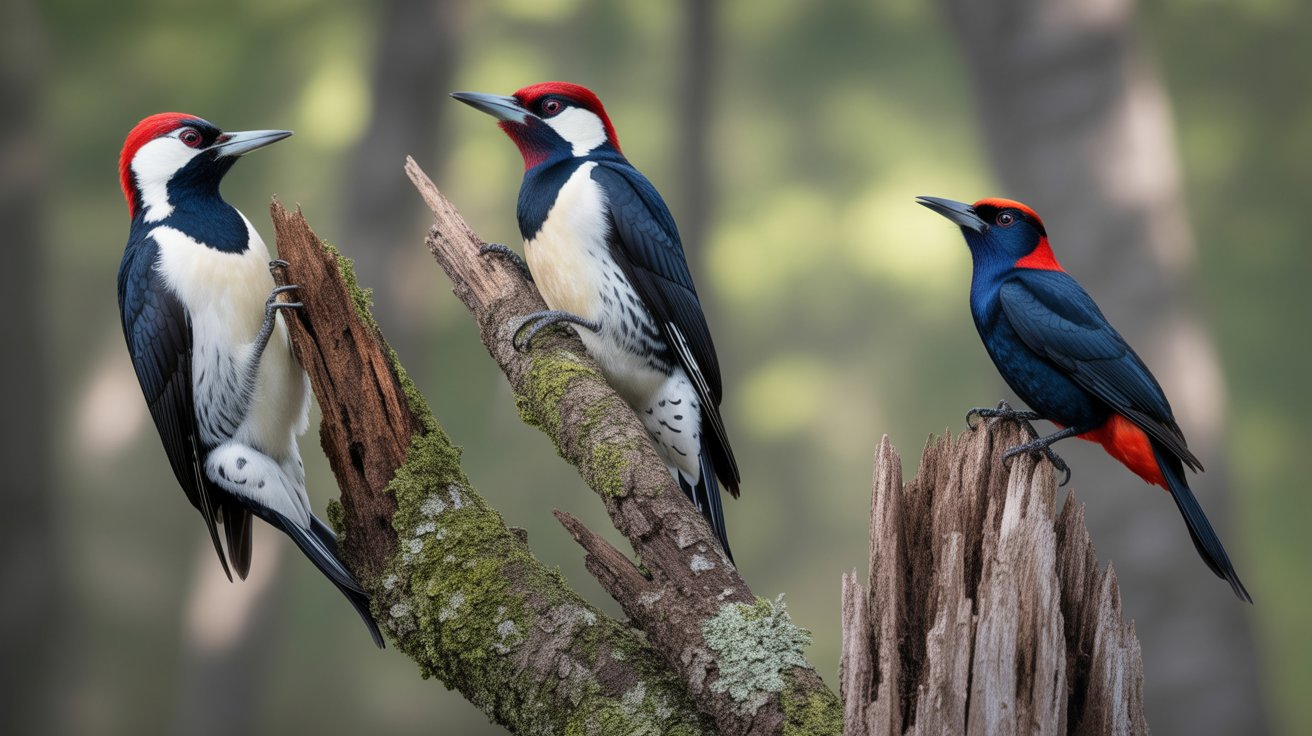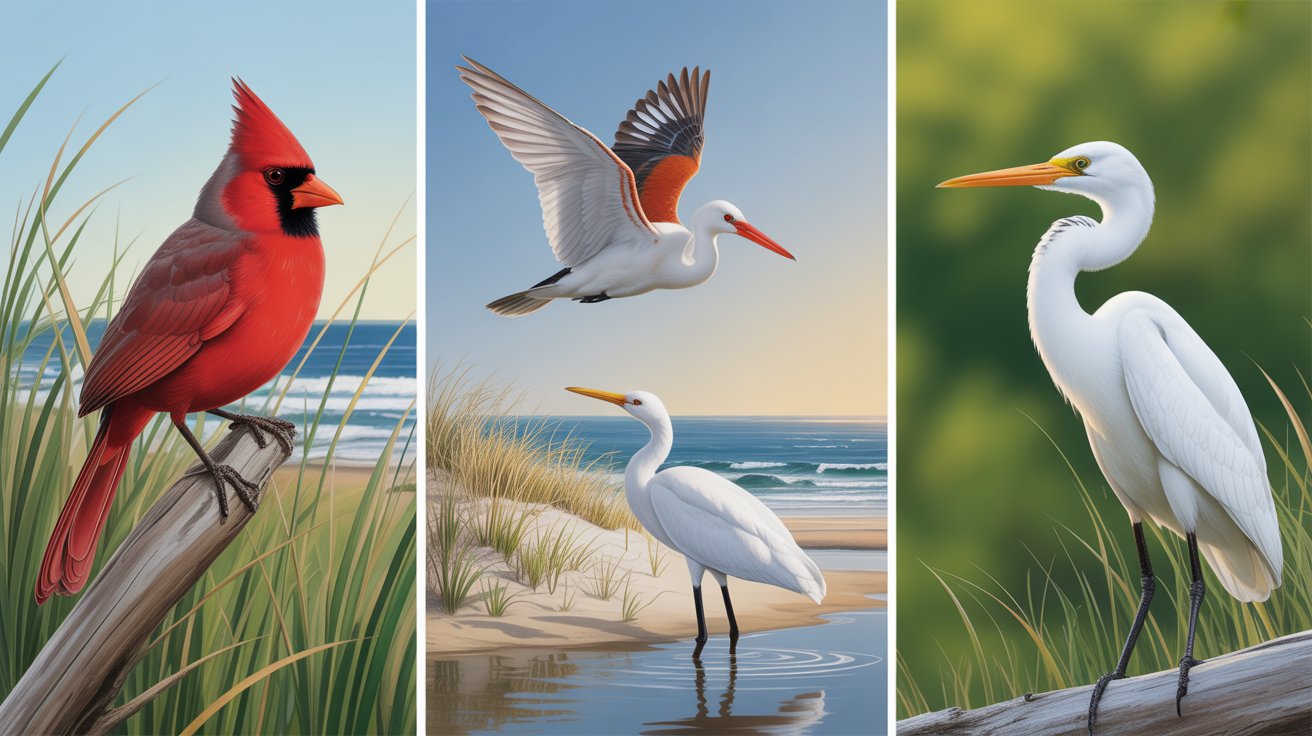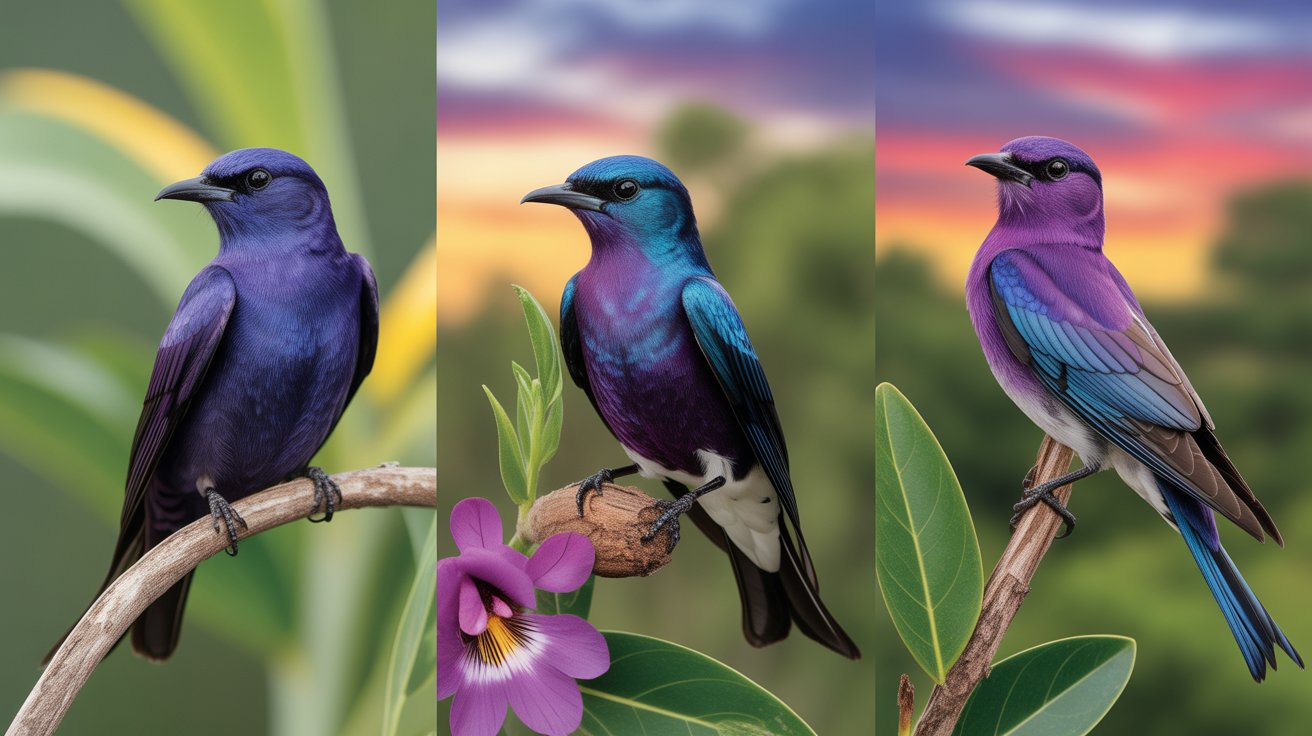If you’re fascinated by rare and exotic birds, then Abbott’s Starling is definitely one to put on your radar. You won’t find this bird in your everyday backyard — it’s elusive, beautiful, and shrouded in mystery. Whether you’re a passionate birdwatcher, a curious traveler, or just someone who enjoys learning about wildlife, this guide will give you everything you need to know about Abbott’s Starling.
This bird may not be as famous as a flamingo or a toucan, but it holds its own with its charming appearance and secretive lifestyle. Native to a select few highland forests of East Africa, Abbott’s Starling is not only rare but also under threat due to habitat loss. That makes every sighting of this unique bird a special experience.
From its shimmering plumage to its highland forest haunts, Abbott’s Starling is a fascinating bird species that deserves more attention. In this guide, you’ll explore its physical traits, scientific classification, behavior, and even a few facts that might surprise you. Let’s dive deep into what makes this little-known starling such a treasure.
Abbott’s Starling: The Rare Gem of East Africa
Scientific Classification
Before we get into the visual details, it helps to understand where this bird fits into the avian family tree.
- Scientific Name: Poeoptera femoralis
- Common Name: Abbott’s Starling
- Family: Sturnidae
- Genus: Poeoptera
- Order: Passeriformes
- Conservation Status: Vulnerable (IUCN Red List)
This bird was named after William Louis Abbott, an American naturalist who collected the first known specimen. It was officially described in 1909 and has since remained one of Africa’s more mysterious starlings.
Physical Description
Abbott’s Starling might be small, but it stands out with subtle yet eye-catching features. Here’s how you can recognize one — if you’re lucky enough to see it.
Size and Body Shape
This species is medium-sized for a starling, measuring around 20 cm (7.9 inches) in length. It has a compact, streamlined body with a slightly rounded tail and relatively short wings.
Plumage Color
One of the first things you’ll notice is the bird’s dark, glossy plumage. The head, upperparts, and wings are an iridescent bluish-black, often shining in the sunlight. The underparts are chestnut-brown, which contrast beautifully with the darker upper body.
Eye Color
Abbott’s Starling has bright yellow eyes that stand out vividly against its darker plumage. This is a key feature for identification in the wild.
Crest and Beak
Unlike some flamboyant starling species, Abbott’s Starling lacks a crest. Its beak is short, straight, and black, designed for foraging insects and berries.
Habitat and Distribution
If you’re planning a birding trip, knowing where to look is half the challenge.
Native Range
Abbott’s Starling is native to East Africa, particularly found in highland regions of Kenya and Tanzania. These areas include:
- Mount Kenya
- Aberdare Range
- Usambara Mountains
- Uluguru Mountains
Preferred Habitat
This bird is extremely selective about its environment. It prefers montane evergreen forests, especially those located at altitudes of 1,500 to 2,500 meters (4,900 to 8,200 feet).
It’s usually found in mature, moist forests where tall trees, dense canopies, and diverse flora create an ideal ecosystem. Unfortunately, these habitats are under threat due to deforestation and agricultural expansion.
Behavior
Abbott’s Starling may not be the most outgoing bird, but its quiet elegance makes it all the more captivating.
Social Structure
You’ll rarely find this bird alone. It’s often seen in small flocks or pairs, and sometimes mixed with other starling species. However, it tends to be shy and stays hidden within the forest canopy.
Vocalization
The call of Abbott’s Starling is soft and high-pitched, not loud or showy like some other starlings. Because of this, it’s easy to overlook unless you’re paying close attention.
Flight Pattern
Its flight is direct and purposeful, often moving quickly through the canopy from tree to tree in search of food.
Diet
What does this bird like to eat? Abbott’s Starling has a fairly flexible diet, suited to forest living.
Omnivorous Diet
It feeds on a combination of:
- Insects and larvae (especially beetles and caterpillars)
- Fruits and berries (from native forest plants)
Its short, strong beak allows it to pick insects off leaves or pluck ripe fruits with ease. This dietary variety helps it thrive in its natural habitat — as long as the forest remains intact.
Breeding and Nesting
Very little is known about the breeding behavior of Abbott’s Starling, which adds to its mystery.
Breeding Season
Though exact dates vary, breeding is suspected to occur during the rainy season, when food is abundant.
Nesting Behavior
It’s believed to nest high in the canopy, possibly using tree cavities or constructing nests among thick branches. Due to the dense forest habitat and elusive nature, nests are rarely observed directly.
Parental Care
Like other starling species, both parents likely participate in feeding the chicks and guarding the nest, although this behavior hasn’t been widely studied in Abbott’s Starling specifically.
Interesting Facts About Abbott’s Starling
Want to impress your birder friends? Here are some intriguing facts about this rare bird:
- It was first discovered over a century ago, but sightings are still extremely rare.
- Its population is estimated at fewer than 10,000 individuals, making it a vulnerable species.
- Abbott’s Starling is often overshadowed by more colorful starlings, yet it has one of the most limited ranges in Africa.
- Its bright yellow eyes are one of its most distinguishing features in the wild.
- Despite its name, it’s not widely studied, leaving many aspects of its life a mystery.
Frequently Asked Questions (FAQs)
1. Is Abbott’s Starling endangered?
No, it’s currently classified as Vulnerable, which means it’s at risk of becoming endangered if its habitat continues to decline.
2. Where can I see Abbott’s Starling?
Your best chance is in the montane forests of Kenya or Tanzania, especially areas like Mount Kenya or the Aberdare Range.
3. How does Abbott’s Starling differ from other starlings?
Unlike more flamboyant or urban-dwelling starlings, Abbott’s Starling is shy, forest-dwelling, and has a limited range with more subtle coloration.
4. What are the main threats to Abbott’s Starling?
Habitat loss, especially from logging and farming, is the biggest threat. Climate change may also affect its high-altitude forest habitats.
5. Why is it called Abbott’s Starling?
It’s named after William Louis Abbott, the American explorer and naturalist who collected the first known specimen in the early 1900s.
Conclusion
Abbott’s Starling is more than just a bird — it’s a symbol of the rich yet fragile biodiversity of East Africa. With its sleek plumage, bright eyes, and elusive habits, this starling quietly thrives in the cool, misty forests of the African highlands. But it needs your awareness and support.
Whether you’re a wildlife enthusiast or a beginner birder, learning about rare species like Abbott’s Starling helps spark curiosity and conservation. Every small effort to protect its natural habitat contributes to the survival of this beautiful bird for generations to come.
So next time you hear about forest preservation or bird conservation in East Africa, think of Abbott’s Starling — a quiet ambassador of nature’s hidden wonders.
